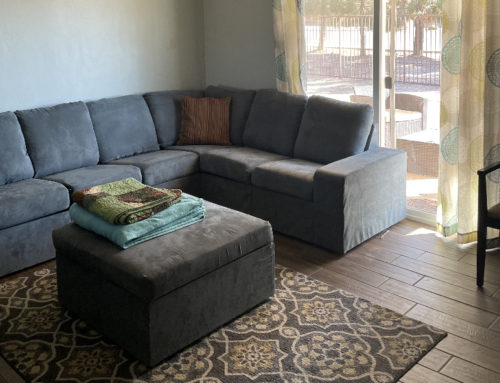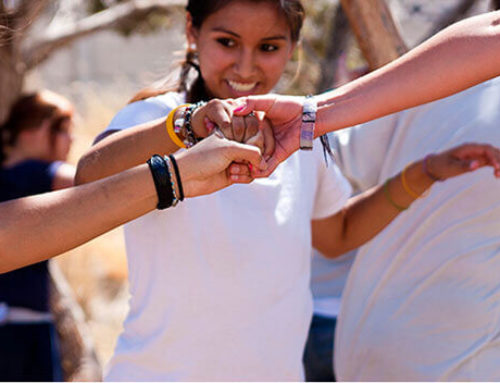There are hundreds of adolescent treatment programs in the US and abroad serving thousands of young people with widely varying degrees of quality and, therefore, success. It can be very difficult to assess the relative quality of teen treatment programs without the help of an experienced referral specialist such as an educational consultant, adolescent psychologist, or psychiatrist.
But even with the support of a referring professional, it’s critical to have your own list of features to look for. Following is a starting point for that list.
| FEATURE | WHY |
| All Girls | The research is clear: single-gender treatment is faster and more effective than co-ed treatment, especially for girls who struggle with trauma, eating disorders, or sexual issues. |
| Sophisticated Treatment | Starting with a foundation of clinically sophisticated, research-validated treatment approaches gives adolescents the base they need to succeed in other areas. It is also the best way to ensure the proper diagnosis and treatment of your child in the first place, which is the key to safe, effective treatment. |
| Experience Based | Experiencing real-world situations with support and mentoring is the most effective way to build confidence and skills for the all-important transition from treatment back home. |
| Customized | Different girls have different treatment needs. An adolescent treatment program should be able to adjust its therapeutic approach to meet each girl’s unique needs. |
| Wellness Approach | Adolescents need more than academics, vocational training, and therapy to succeed. They must learn to integrate healthy recreation, healthy diet, spiritual engagement, and exercise to achieve long-term success. |
| Robust Staffing | A quality adolescent treatment program should provide a complete staff, including: a psychiatrist (MD), a registered nurse, master’s level therapists, licensed clinical supervisors, a dietitian, a recreational therapist, certified teachers, and certified staff for all special programming (e.g. certified equine therapist). |
| Family Program | For healing that lasts, the whole family must be equipped to support that healing. A strong family program ensures that changes make in treatment will survive the transition back home. |




